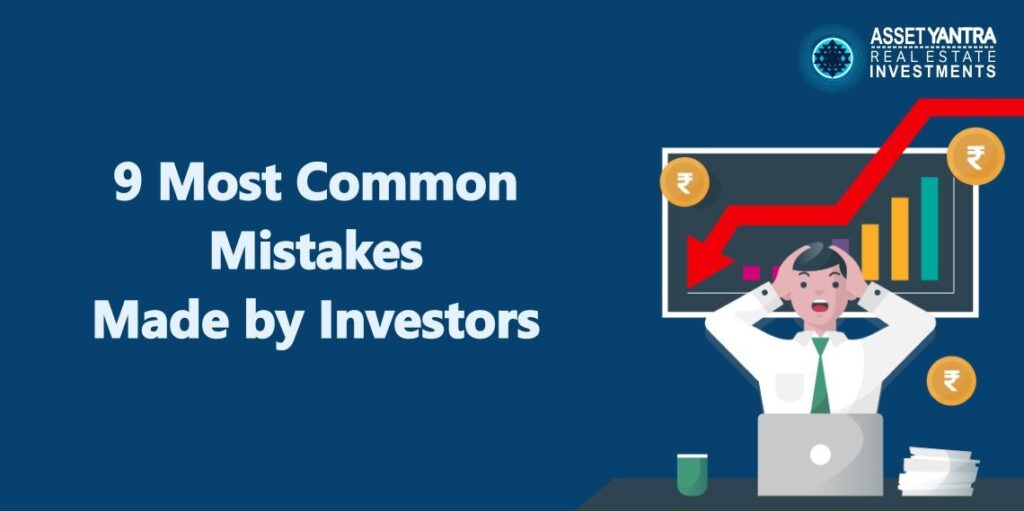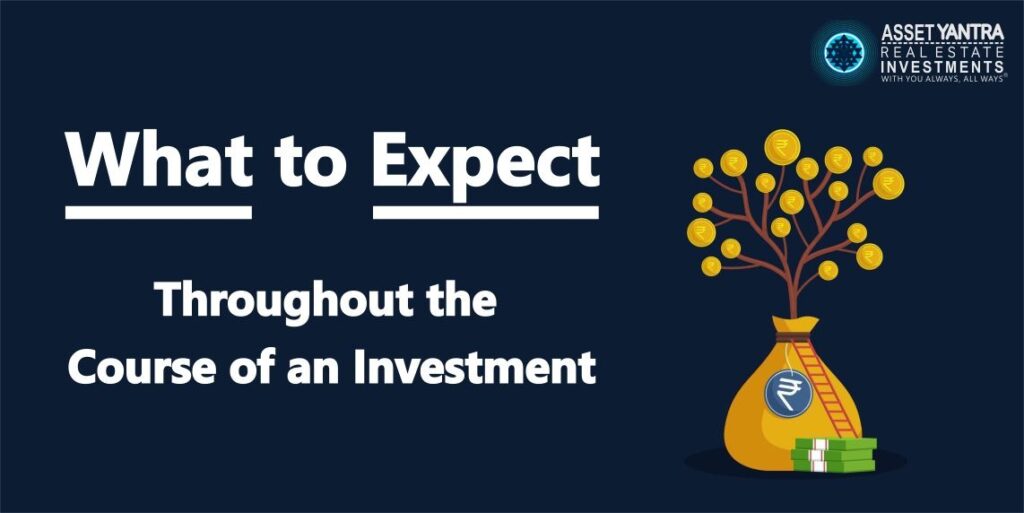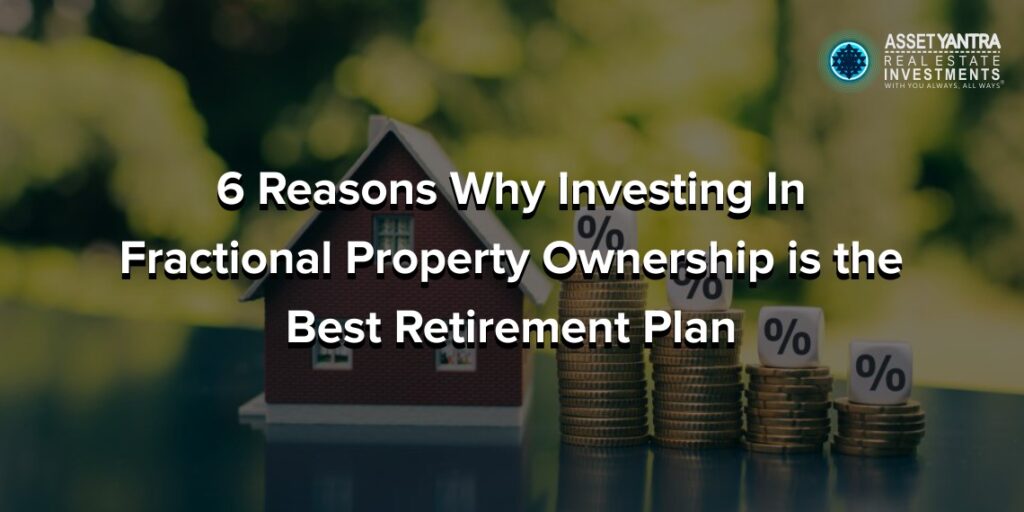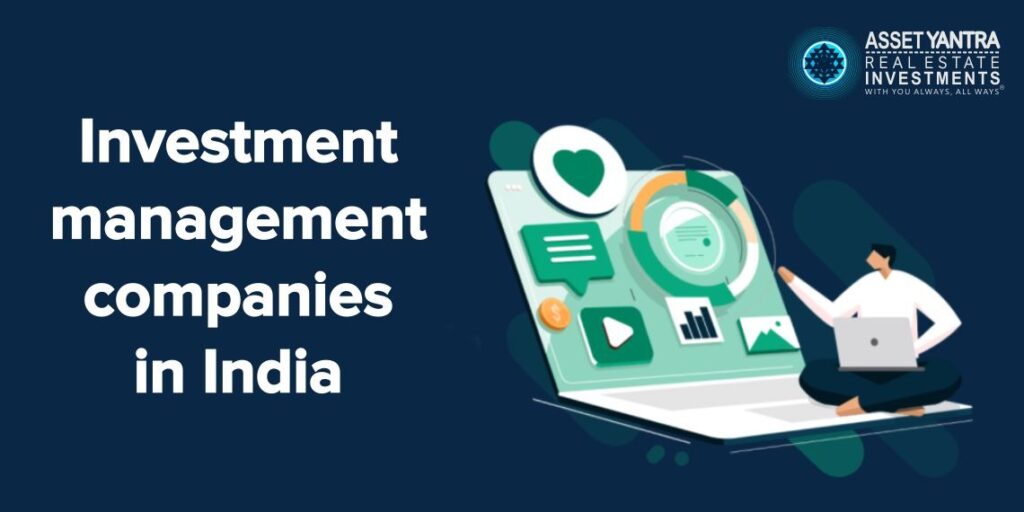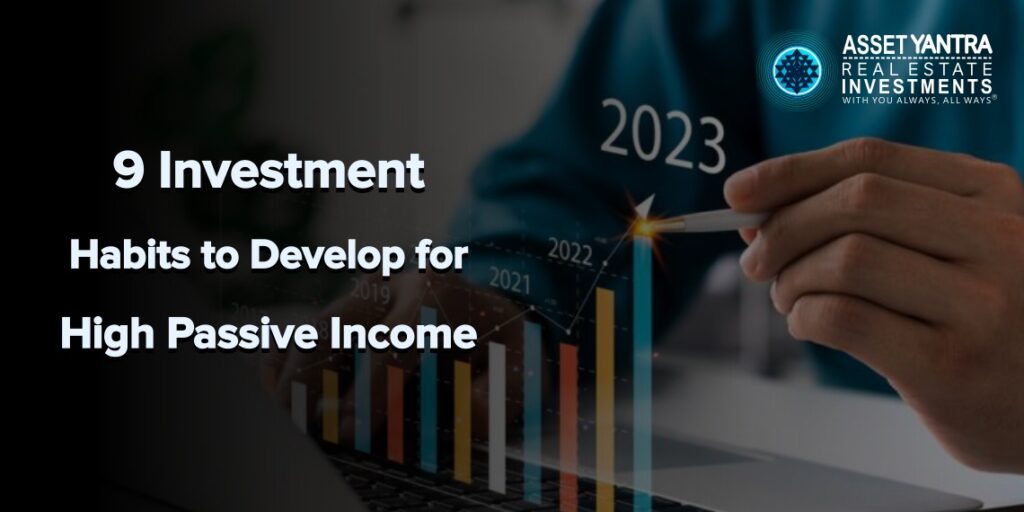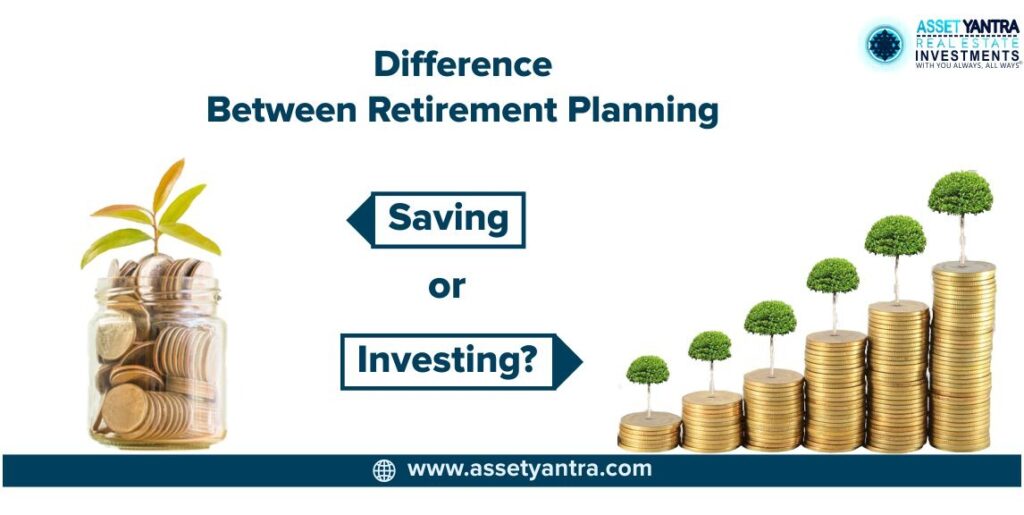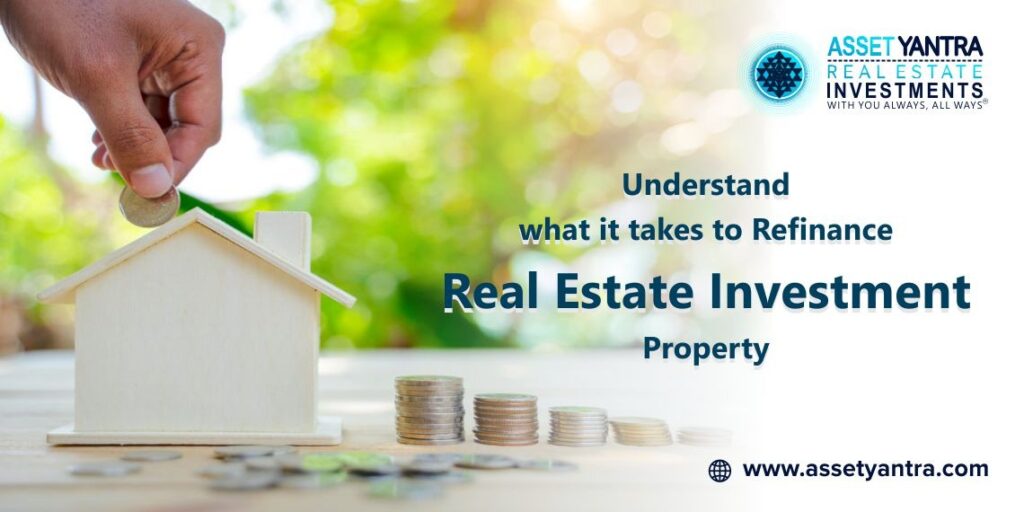Is Co-working Space Investment Worth Giving a Chance?
Co-working, since recent times, has started to become an alluring concept because back when it first started to appear. It counted the disparaging views of the traditional office. If we look back to just a few years ago. Co-working space investment was considered to be a “movement” or a trend, with many thinking it to be quite odd and unrealistic. This article will help you explore all the aspects as to why it has become the new normal today and why it is an investment worth giving a chance. What is Co-working? Co-working is the arrangement in which several workers from different companies share an office space. This allows cost savings and convenience as they use common infrastructures such as equipment, utilities, refreshments, and a lot more. Co-working Spaces in India Co-working spaces are now one of the unparalleled and newest trends in India. The places with the highest demand for such co-working spaces in India are metro cities like NCR-Delhi, Mumbai, Bangalore, and Hyderabad. Need for Co-working Spaces For Employees Generally, most people can be productive in places where they find some quietness. It helps them focus more and concentrate on the work. But, with this being said, it doesn’t mean they are required to stay back in that dull and isolated room of theirs and become lonely. In such situations, co-working spaces come as a rescue. Here, they’d be offered a perfect working environment, i.e. the quietness while working. The discussion space when in need to collaborate with others (as it involves several kinds of people associated with different work nature), etc. Also, a good deal of individuals visits co-working spaces so that they may be motivated by other employees of different companies. Working together with motivated individuals also helps to scrap loneliness. According to studies, approximately 45% of co-working members reported that they found it as a valid option against the isolation. And situations where they found it difficult to finish work in a standard, traditional office space or home office. Primary users of these co-working spaces are the startups. The flexibility that co-working spaces provide to experiment and take risks makes them ideal for startups. For Tenants / Employers Co-working space asks only for minimum deposits yet provides abundant amenities at a cost less than what’s required to pay for traditional office space-thus making it a cost-effective and desirable option for the employers. But, until there’s someone to build these spaces, there is no other way that employees or employers get to enjoy this newest type of working space. Co-working Space Investment Owing to the increase in demand in India, co-working is now one of the fastest-growing markets. This segment has also leaped the commercial real estate sector, and it is has occupied more than 12-13% of CRE investments in India, as per reports suggested by FICCI. The scenario being such in India, it is already at its peak of growth in countries like the US, UK, Australia, etc. With this history of high growth rate in the past and looking at the way it is booming. It proves that this trend is for sure going to take us by storm in the future. This phase, thus, is the right time for the investors to march into this field. Reason for the Escalating Demand for Co-working Space as an Investment The main reason why co-working is gaining importance as an investment option is that it saves a lot on the investor’s part. Real estate costs can be 9 to 12% of the operations cost for an established corporate and even more for a startup. But with shared work spaces, they can save around 20 to 25% of the total real estate costs, and that is a lot of money for the big companies to count upon. How do Investments in Co-working Spaces Work? Investors can invest in co-working spaces in several ways. Directly invest, i.e. invest in a building to further develop into co-working space Through REITs investment Through online platforms Establish a partnership[ with another investor Then they lease or rent their spaces to startups or established companies. Finally, investors get to enjoy the enormous cash flow that the co-working spaces generate. Key Considerations if you want to invest in Co-working Spaces There are a few things that you need to consider before you directly barge into the investment Location Location is of prime importance in co-working, just like any other real estate investment. The first step in selecting a co-working space is to find out the place that’s high in demand. The location should be easily commutable, a bit close to market places like those of suburbs or any prime urban areas. Create Your Financial Model Once you are done with the selection of the location, the next step is to calculate the costs and finalize the budget plans by making some assumptions and approximations. You will have to reconsider additional costs such as building codes and city permits, all things that can quickly add up to other charges. Building codes will vary from state to state, so you must do careful research beforehand to ensure the co-working space complies with all building and fire safety codes. Code of Construction and Housing (CCH) sets standards for such co-working spaces, and they all must be built accordingly. Co-working Space Design and Attractive Amenities Space must be designed in quite an innovative way with good architecture so that it will make the workers there feel very much at ease and alive, unlike what the professional workspace makes them think. Although it does not apply to everyone, many employees in co-working spaces are involved in technology or startup companies. Therefore, it becomes essential that you provide technology that is up to date and reliable for them to conduct their business. Additional amenities like lounges, recreational spaces, spaces for entertainment, etc. have the potential to lure new clients and tenants to your
Is Co-working Space Investment Worth Giving a Chance? Read More »


